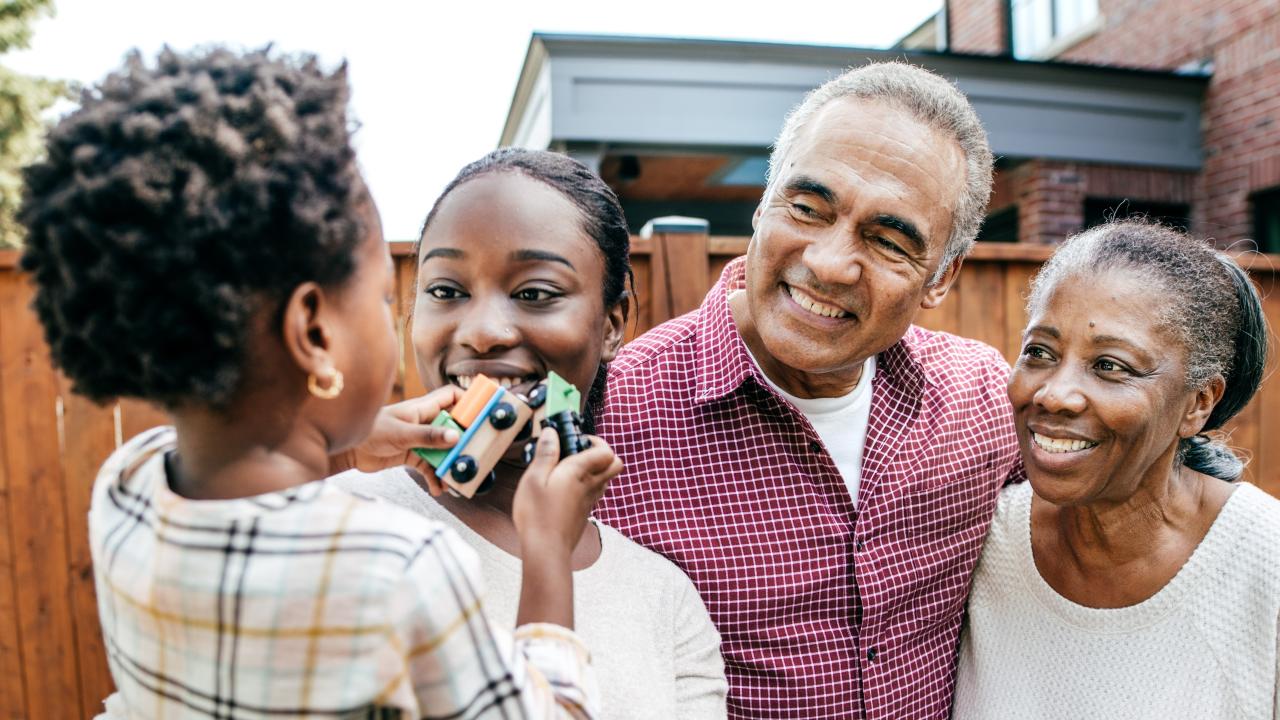
Using Data to Strengthen Connections and Communities: CalWORKs and Child Welfare Services
The field of Human Services is as wide and complex as its moniker might suggest. For larger agencies, an overlap in services is almost inevitable, but this doesn’t mean it should be shrugged off. For services that deal with vulnerable and/or traumatized children and families—such as CalWORKS and Child Welfare Services—each contact with children and families has the potential to cause additional trauma. The need to prevent inefficient, repetitive, and/or otherwise overlapping communications becomes paramount.
During California’s 5th annual CQI Statewide Conference for Child Welfare and Probation: A Pathway to Partnerships, hosted virtually by UC Davis Human Services March 23-24, 2022, members from the California Department of Social Services (CDSS) addressed this vital issue with their presentation: “Rowing Together: CalWORKs & Child Welfare Services.” The panel, comprised of Shahla Craggs, Shannon Rohall, Joseph Sapp and Tyler Green, shared their perspective and insights into the relationship between CalWORKs 2.0 and Child Welfare Services (CWS).
Shannon Rohall, Program Innovation section chief for CDSS, began the presentation by describing how CalWORKs 2.0 reimagines support programs through the lens of brain science—specifically, how stressors such as abuse, housing insecurity, and poverty can impact an individual’s memory, mental flexibility and self-control. “By redesigning our systems and simplifying how services are provided,” Rohall said “[we can] reduce the sources of stress in people’s lives [and] help them respond to basic needs.” The question at the heart of CalWORKS 2.0, Rohall noted, is: “How can services be simplified to reduce barriers to take action and sustain action to achieve goals?”
Data Transparency Highlights Best Practices
A key component of CalWORKs 2.0 is the California’s Outcomes and Accountability Review (Cal-OAR) process, which was structured off of the initial success seen with Child Welfare CQI process. Both programs follow a similar CQI method where counties assess current outcomes, determine areas for improvement and report back to the state on progress being made. The purpose of the Cal-OAR process in CalWORKs is to create an opportunity for intra-county collaboration across the continuum of social services.
Tyler Green, a research data analyst for CDSS, noted that the collection, analysis and dissemination of data collected through the Cal-OAR process allows counties to assess what factors are influencing each other, determine best practices and increase program success. Demonstrating the importance of transparency, the data collected and analyzed by CDSS can be viewed on a public dashboard: https://www.cdss.ca.gov/inforesources/calworks/cal-oar/cal-oar-data-dashboard
Linkages
Child Welfare Learning and Evaluation bureau chief Shahla Craggs highlighted one important overlap the data showed between clients receiving CalWORKs aid and Child Welfare Services, explaining “there is a 20% overlap statewide of children under the age of 17 who are receiving both CalWORKs and Child Welfare Services… [that is a] large percentage we should be focusing on, and that is what the linkages program is all about.”
Craggs continued by connecting data to the use of trauma-informed brain science as a predicting factor: “25% of those receiving CalWORKs have a previously substantiated allegation of abuse or neglect in their lifetime. This goes back to the ACE’s [assessment] where the experience of trauma, abuse and neglect—things that bring families to the attention of the CWS—are destabilizing for their lifetime and they require services like CalWORKs not to thrive but to just to have a base level of survival…what the data is showing is that we are not [helping families succeed and thrive] for at least 25% of families that come through our system.” The Cal-OAR process of sharing data and best practices is one way to “combine our strategies and improve the outcomes,” Craggs said, “it is a really forward-thinking of way to try move services upstream.”
Trust and Trauma: The Keys to Community Collaborator Engagement
Within the Cal-OAR conceptual framework, presenter Joseph Sapp emphasized the importance of community collaborators in driving successful program outcomes. Sapp, the Continuous Quality Improvement manager at CDSS, reiterated that the engagement of community collaborators “relies on the transparency and honesty of those within the system.” This transparency goes beyond the sharing of data and includes the acknowledgment of historical trauma and systemic stressors as a vital part of the approach to building community engagement and long-term relationships.
Register Now for the 2023 CQI Statewide Conference
March 29-30, UC Davis Conference Center
Shahla Craggs concluded the presentation by connecting the client experience to the need for data driven, intra-county collaboration: “[Clients] would ask me ‘How many people do we have to see? Don’t you all work for the same county? Do you think we have time to do all of these things with you?’ […] By constantly bombarding the same people to hear the same feedback about the same services, they’re going to disengage.”
By connecting CalWORKS and CWS in a way that helps them “row together,” both services will reduce the impact of trauma and regain trust within the communities they serve.
